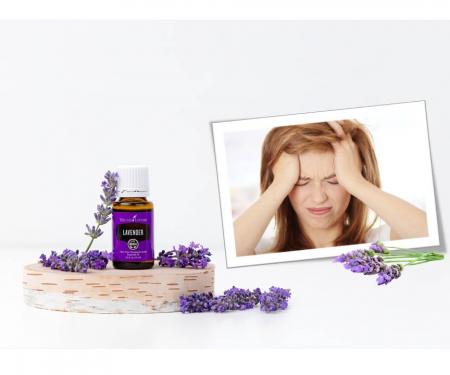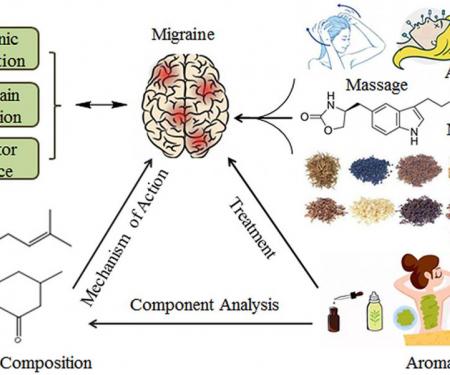August 6, 2025
Migraine is a neurological disorder characterized by headache, photophobia, phonophobia, nausea and vomiting. Pharmacological treatment of migraine has advanced in the past years but is still considered unsatisfactory for a significant number of patients. In this sense, there is increasing evidence that essential oils from several plants may provide benefit for migraine patients. Peppermint essential oil is one of the most used essential oils in the pharmaceutical and cosmetics industries. It is typically obtained through the steam distillation of aerial parts of the flowering plant. Menthol is a major component of peppermint essential oil and has been used as a non-opioid pain reliever since ancient times. In addition to menthol, it has menthone as another main component and a mixture of volatile metabolites that contribute to innumerous biological activities, such as antioxidant, antimicrobial and anti-inflammatory. In migraine patients, two clinical trials showed that intranasal application of peppermint essential oil (1.5%) or application of a solution containing 10% menthol to the forehead and temporal area reduced the severity and duration of the migraine crisis similarly to lidocaine, and also reduced nausea and/or vomiting, and phonophobia and/or photophobia.



